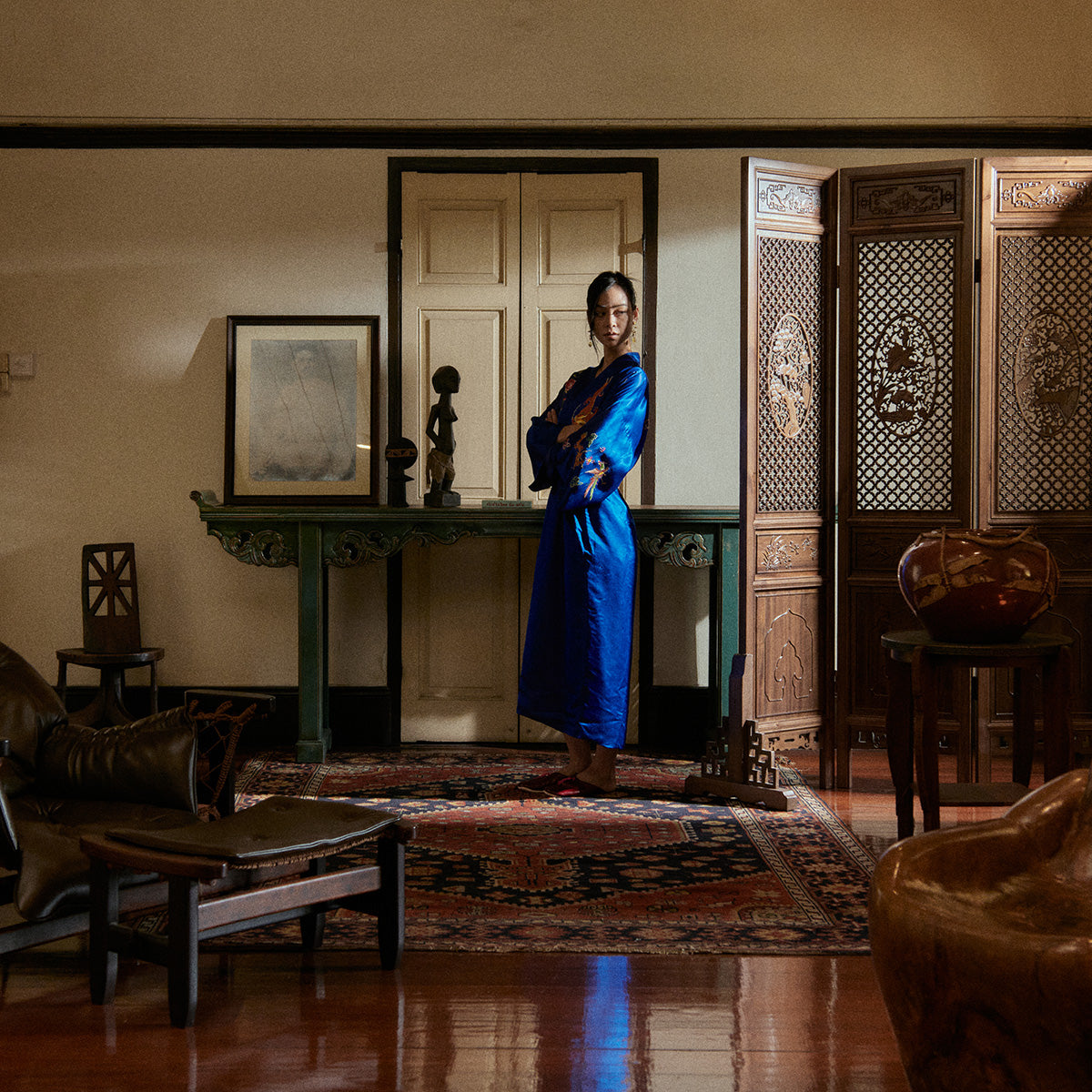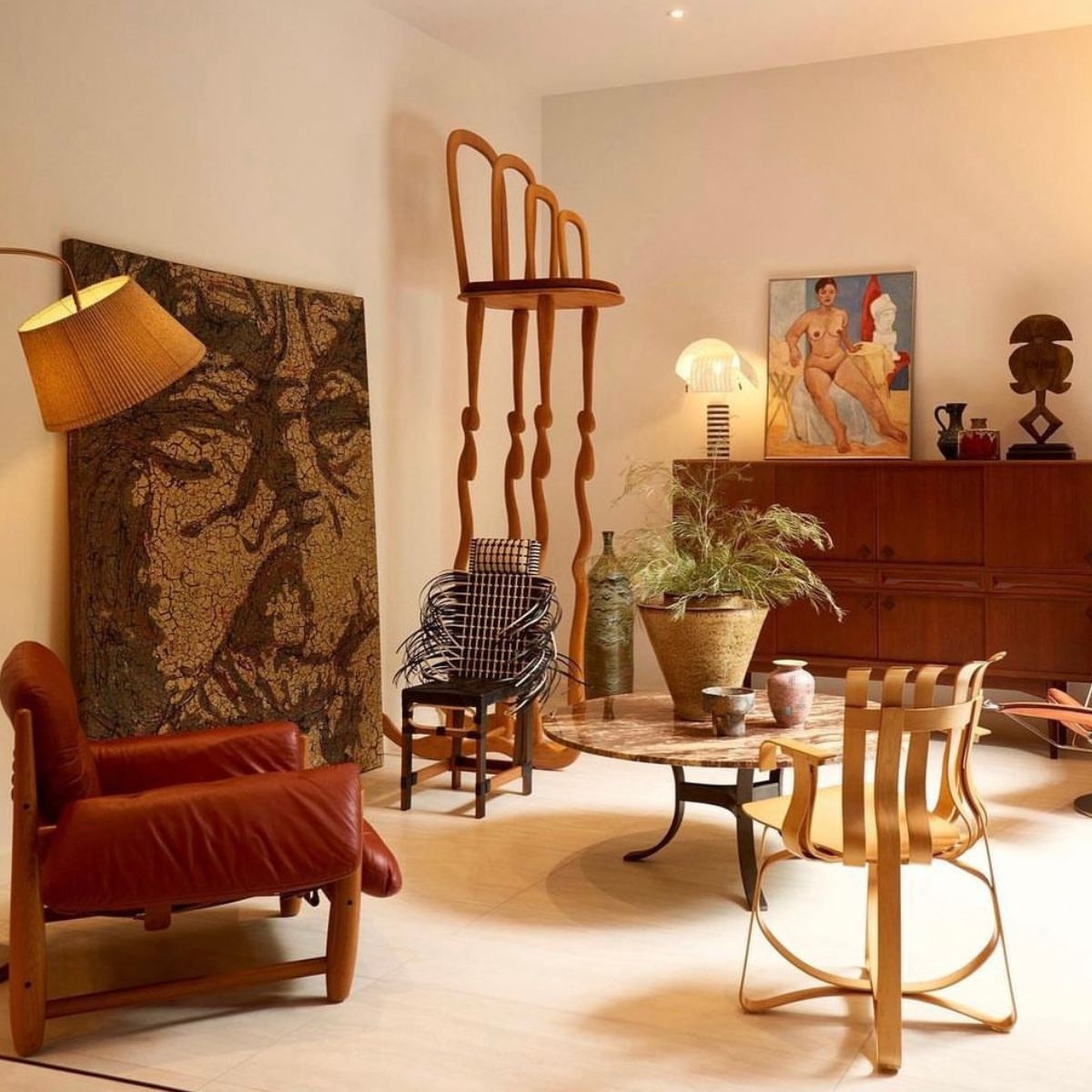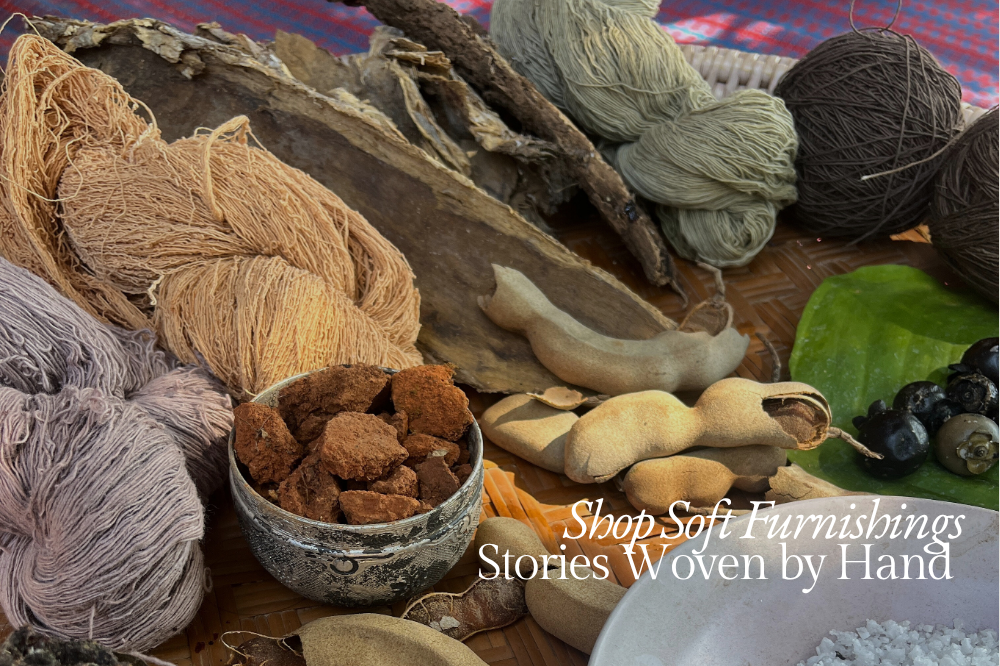There is beauty to be found in rarity, and it’s not the kind that fades with fashion, but the type that sticks around, the sort of beauty that acts as a conversational piece.
It compels you to look closer, and leaves you pondering about its story. For Lotus Arts de Vivre, originated from a love and respect of ancient cultures, has now spent over four decades crafting objects designed not just to be admired, but to preserve a sense of heritage and be remembered, this is their true essence.
 Founded in 1982, Lotus Arts de Vivre emerged not from a strictly derived business plan but from a way of life. The story began with Helen von Bueren’s pastime of collecting curiosities from her travels, which blossomed into one of Thailand’s most distinctive luxury brands, finding its place in film and television sets, luxury hotels, and partnered stores all over the globe.
Founded in 1982, Lotus Arts de Vivre emerged not from a strictly derived business plan but from a way of life. The story began with Helen von Bueren’s pastime of collecting curiosities from her travels, which blossomed into one of Thailand’s most distinctive luxury brands, finding its place in film and television sets, luxury hotels, and partnered stores all over the globe.The name itself is symbolic of a lotus rising from murky waters, representing beauty against the odds, while “de Vivre”, French for the art of living, reflects a family philosophy of creating pieces that give value, acts as a centrepoint of conversation, and preserves heritage in the lens of timelessness.
A Family Story
Lotus Arts de Vivre has always been a family story. From Rolf and Helen von Bueren, to their children, Sri and Nicki, the latter of whom now has taken the reins of Lotus Arts. Sri studied gold and silversmithing, while Nicki, now CEO, pursued business studies before returning to Thailand to gain a foothold in the luxury jewellery and home furnishings market.

Today, Nicki continues to carry forward the Lotus Arts de Vivre legacy, guiding the brand into its next chapter while holding firm to its roots and DNA.
For the von Bueren family, design extends far beyond the surface-level aesthetics; it’s also about the lives those objects touch, to a degree that only such a piece of this nature could achieve.

Jewellery as a Conversation
If there is one area where LAdV shines the brightest and has carved its reputation most vividly, it is jewellery. In what was described as blending the “exquisite and the auspicious,” these pieces are often limited or single pieces designed to be bold by nature. They are meant to capture attention and spark dialogue, not to be thought of as just a collection.
Take, for example, their scarab collection. The iridescent wings of scarab beetles, traced all the way back to ancient Egyptian times, are sourced, sorted, trimmed, and then set into bracelets, rings, and earrings. Each wing takes mere minutes to fix in place, but with each jewellery consisting of anywhere from 50 to 1,000 scarab pieces, they become timeless.
It is the process, from sourcing to execution, often spanning weeks, which acts as a counterweight to modern fast fashion and instant gratification. What LAdV delivers is a miracle of nature captured in the form of jewellery, shimmering with natural brilliance, meant to be passed down for generations.
This is Lotus Arts’ philosophy at its core, transforming unusual materials with an immense cultural backbone into timeless treasures. From stingray leather and ostrich eggs to ebony wood and Basra pearls, each material carries its own story, drawn from both nature and culture.
Nicki believes that true luxury lies in the unattainable, and by extension, in the singular. This is why many of their jewellery pieces are limited or one-of-a-kind. For collectors, each creation reflects a personal story, a memory, and often, an heirloom.

Lotus Arts de Vivre Collection
Scarcity as an Intent
While jewellery may be Lotus Arts’ crown jewel, their foray into home décor could not be understated. Here too, the emphasis is on conversation pieces, designs that invite curiosity and carry traces of heritage.
The bulldog stool, for instance, has become one of their most beloved designs, with more than a hundred pieces finding homes worldwide. Even here, scarcity remains part of the allure, with each piece rare and personal.

Smaller home accessories carry a similar intent. A vase carved from teak wood roots, or a scallop shell canape plate, adorned with the sterling silver dragon, reveals LAdV’s material palette, where there is no hierarchy. Every material is equally worthy if it can be reimagined with intent and meaning.
As with jewellery, these items are meant to inspire conversation in the home. Guests might ask about the origins of a stool or the brilliance of a tray, and in that moment, the story of craftsmanship and heritage lives on.

Above: Crystal Goblet Set of 3 with Cloisonnie Base
The Design Ethos
Lotus Arts de Vivre’s process always begins with materials, which Nicki likens to cooking. “To be creative, you must think like a chef. First, gather your ingredients.” Whether it is driftwood found on a beach, scarab wings, or diamonds from Golconda, the material dictates the design.
The process unfolds from sketch to wax model, then prototype, before production. Patience is paramount, and as previously mentioned, it is a commodity that is increasingly rare in a world of instant gratification.

For Lotus Arts, patience is non-negotiable. It is what distinguishes a mass-produced product from a piece imbued with soul. In a market that often prioritises speed and trend, Lotus Arts finds themselves proudly taking the opposite path, the road less travelled.
Indeed, their pieces are not designed for everyone, nor for everyday use. Instead, they are for those who seek the exceptional.
Far beyond artistry, Lotus Arts sees itself as a custodian of heritage. Rolf von Bueren has long spoken about the importance of preserving traditional crafts at a time when many are disappearing.
“While we cannot fight progress, it is essential that we preserve the knowledge of traditional crafts which play a vital role in any culture and identity.”
Whether it is Thai niello work, Japanese lacquer techniques, or Indian gem-cutting, the combination of these crafts allows LAdV’s designs to breathe new life into ancient practices in an era of homogenised design.

Niche, with Global Ambition
Nicki describes Lotus Arts de Vivre as a “niche supplier with global ambition.” Unlike many luxury brands, there is no aspiration to scale beyond their limits. Their strength lies in scarcity rather than ubiquity. With three flagship stores in Bangkok and representatives across Asia and beyond, the factor of intimacy is upheld while reaching a worldwide audience.
Collaborations have also emerged in the form of popular culture, with features in Crazy Rich Asians to appearances in The White Lotus. Yet at their very core, the brand’s value remains cemented to the trust they’ve built with collectors who return for the uniqueness of their creations.

Above: Sterling Silver Floating Crocodile
An Enduring Lotus
Forty years on, the lotus continues to bloom and LAdV remains true to its founding spirit: to turn dreams into reality through artistry, rarity, and heritage. Jewellery or home décor, each piece upholds the same Lotus Arts DNA, which was prevalent from the very beginning, achieved through the diversity of materials, an eye for tradition, and patience.
Still unfazed by mass production, Lotus Arts insists on rarity and craftsmanship. Every scarab wing, every carved stool, every hand-finished detail continues to act as a reminder that beauty is meant to last.

And perhaps that is the secret of the lotus: to rise above murky waters, untouched by time, and bloom.
Today, as their creations find a new home with Surround Living, the Lotus Arts de Vivre continues on, preserving heritage through craftsmanship, artistry, and storytelling.
Surround Living x Lotus Arts de Vivre




